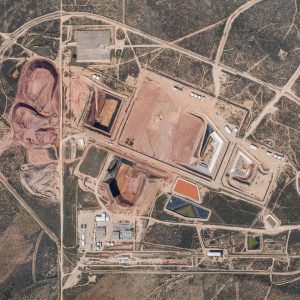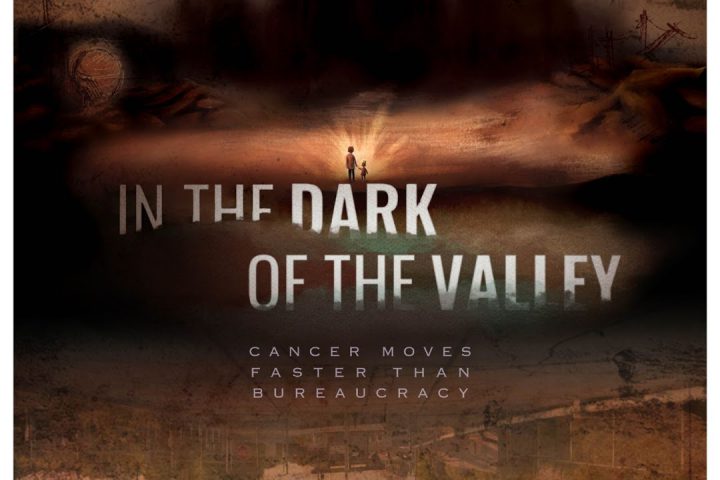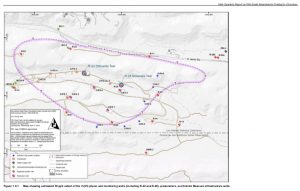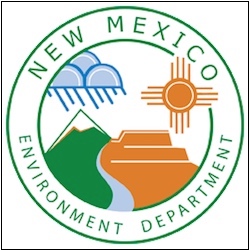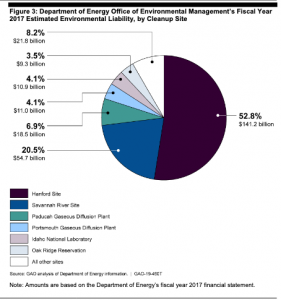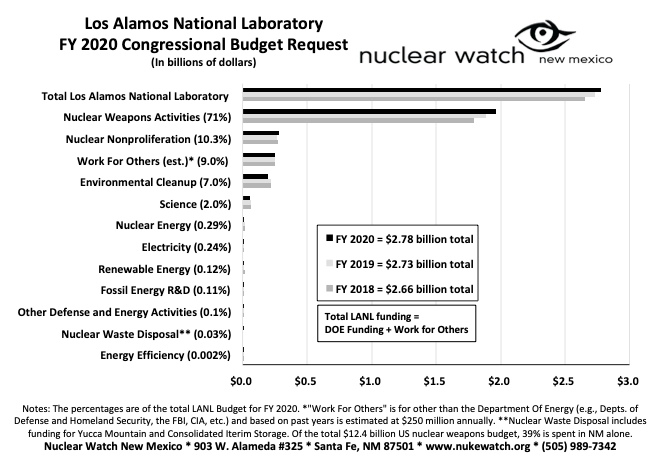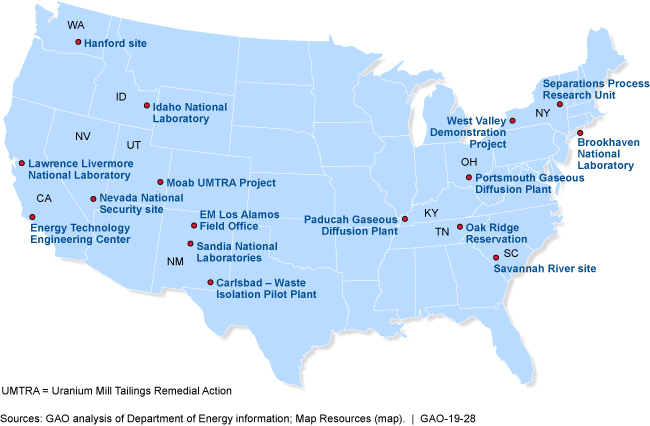The New Mexico State Auditor Office recently questioned whether two settlements between the New Mexico Environment Department and the Department of Energy were in the best interests of New Mexico. That Office noted:
The [New Mexico Environment] Department unnecessarily forgave tens of millions of dollars in civil penalties related to various waste management issues and missed cleanup deadlines by the Department of Energy (DOE) and its contractors… [C]onsidering the seriousness of the violations, and the clarity regarding responsibility for the violations, it appears highly unusual that the Department would not collect any civil penalties under these circumstances. [1]
The settlements were over contractor violations at the Waste Isolation Pilot Plant (WIPP) and Los Alamos National Laboratory (LANL) that resulted in a ruptured waste drum that contaminated 22 workers and closed WIPP for nearly three years, costing the American taxpayer at least $1.5 billion to reopen. NMED claimed it had to agree to “supplemental environmental projects” instead of financial penalties because otherwise DOE would have taken the penalty money out of cleanup funding. [2]
Unfortunately, the $74 million NMED agreed to in supplemental environmental projects were for items that the DOE is already obliged to do. For example, $46 million was dedicated to repaving roads at or near WIPP and LANL that DOE uses to ship radioactive wastes, and another $10 million was earmarked for LANL’s own potable water supply.[3]
In contrast, NMED completed an assessment of $54 million in penalties that would have gone to New Mexico, but did not enforce them before making the settlements with DOE. This was at a time when the state was beginning to face a serious budget crisis. As State Senator John Arthur Smith (Chair of the Senate Finance Committee) put it, NMED’s failure to levy penalties when New Mexico was facing a budget crisis is “taking it out of the pockets of our kids and young people when they do something like that.” [4]
Jay Coghlan, Director of Nuclear Watch New Mexico, commented, “This is inexcusable that NMED preemptively surrendered to Department of Energy extortion. In effect DOE is saying if you, the regulator, fine us, we will cut the money the taxpayer has paid to clean up our mess that threatens the citizens you are suppose to protect.”
NMED’s position that it had to agree to DOE’s extortion is not borne out by the facts. For example, there is a clause in the current LANL management contract that specifically holds the contractor accountable for “Fines and penalties imposed by any other regulatory agency, if it is the result of Contractor or subcontractor misconduct.” [5] Moreover, DOE cleanup projects are funded by specific congressional budget line items. It is highly unlikely that DOE could legally reprogram money from them to pay penalties without congressional approval.
In addition to the WIPP settlements, the State Auditor Office also noted:
The 2016 settlement agreement between DOE and the Department regarding longstanding contamination at LANL also raises concerns. While DOE and its contractor incurred millions of dollars in potential civil penalties related to missed cleanup deadlines, in revising the 2005 Compliance Consent Order, the Department also completely forgave the collection of these penalties while also loosening the compliance deadline framework.
Before Gov. Susanna Martinez took office New Mexico had an enforceable Consent Order with a detailed cleanup compliance schedule that implicitly forced DOE to get additional LANL cleanup funding or face financial penalties for missed deadlines. But under Gov. Martinez and at the Lab’s request, former NMED Secretary Ryan Flynn and Kathryn Roberts (then-Director of NMED’s Resource Protection Division) granted more than 150 time extensions for cleanup milestones, and then turned around and claimed that the Order was not working. In June 2016 NMED signed a revised Consent Order full of loopholes that allows the Lab to potentially get out of cleanup by claiming that it is too difficult or costly.
With the revised Consent Order in hand, the DOE Los Alamos Environmental Management Office then followed with a baseline cost projection of up to $3.8 billion to clean up LANL, which is woefully low, while nevertheless delaying cleanup completion out to 2040. DOE also claimed that only 5,000 cubic meters of wastes need to be cleaned up, willfully ignoring the estimated ~200,000 cubic meters they plan to “cap and cover” and leave buried as a permanent nuclear waste dump. In alignment with this, the DOE just awarded a 10-year LANL cleanup contract to Newport News Nuclear BWXT, LLC, at a rate of $140 million per year, again woefully low.
Flynn subsequently left NMED through the proverbial revolving door to become executive director of the New Mexico Oil and Gas Association, whose main mission is to lobby against environmental regulations. Roberts left NMED to work for Longenecker and Associates, a DOE contractor that is named as an “interested party” in bidding for the prime LANL management contract. At Longenecker, Roberts joined Christine Gelles, who, as the former head of DOE environmental management programs at LANL, initiated negotiations with NMED and Roberts over the revised Consent Order.
Nuclear Watch has sued DOE over missed compliance deadlines in the 2005 Consent Order, in which New Mexico could potentially collect ~$100 million in penalties. Despite that, the Environment Department intervened against the enviromentalists in that lawsuit.
Jay Coghlan of Nuclear Watch added, “We look forward to a New Mexico Environment Department under the next governor that quits coddling the nuclear weapons industry and aggressively protects the environment through enforceable cleanup deadlines and penalties. That would be a real win-win for northern New Mexicans, permanently protecting our precious water resources while creating hundreds of high-paying jobs.”
# # #
Additional Background:
Nuclear Watch New Mexico’s September 21, 2016 Second Amended Complaint in its lawsuit over missed cleanup milestones in the 2005 Consent Order is available at https://nukewatch.org/importantdocs/cleanup_lawsuit/Second-Amended-Complaint-as-filed-9-21-16.pdf
For a detailed critique of the revised Consent Order by Nuclear Watch please see https://nukewatch.org/watchblog/?p=2492
Endnotes:
[1] The New Mexico State Auditor’s November 21, 2017 letter to Mr. Butch Tongate, the current NMED Secretary, is available at https://nukewatch.org/importantdocs/resources/NMED_ACO_SA_lttr_11-21-17.pdf
[2] NMED’s claim that it had to agree to supplemental environmental projects and not penalties is from State auditors challenge WIPP leak settlement, Rebecca Moss, Nov 30, 2017, http://www.santafenewmexican.com/news/local_news/state-auditors-challenge-wipp-leak-settlement/article_8e0a3329-e38d-5680-a228-a6be7f2ea451.html
[3] See https://energy.gov/articles/us-department-energy-and-new-mexico-finalize-74m-settlement-agreements-nuclear-waste
[4] Sen. John Arthur Smith’s quote is also from Rebecca Moss’ article State auditors challenge WIPP leak settlement
[5] See LANS Prime Contract Sections B – H, p. 20, http://www.lanl.gov/about/_assets/docs/conformed-prime-contract.pdf
